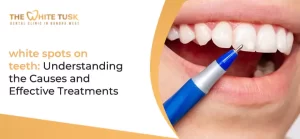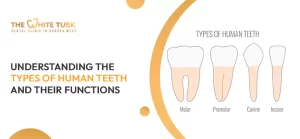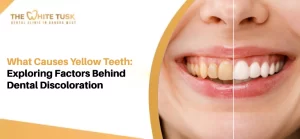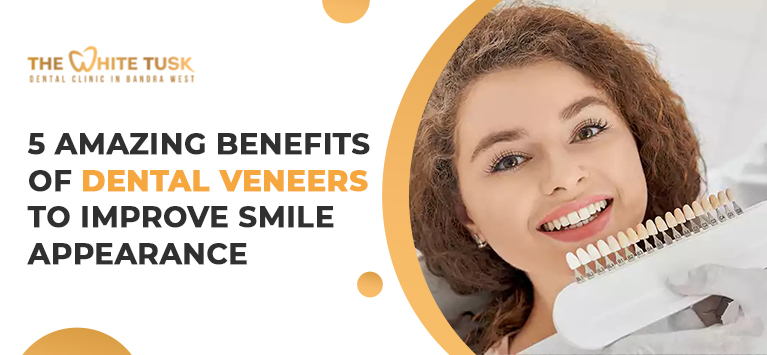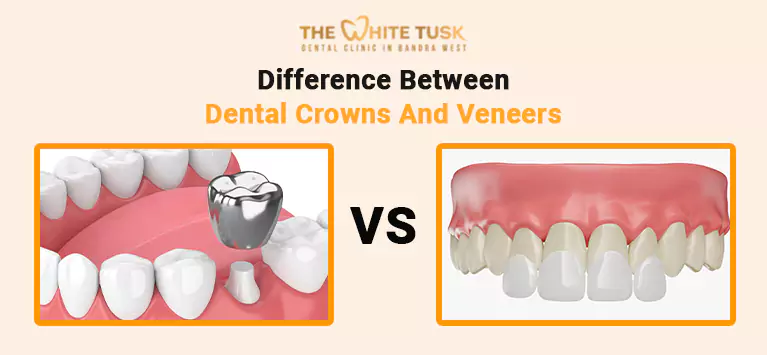
How to care for your Dental Veneers after treatment?
Are you wondering how long dental veneers last and how to best take care of them? Explore a series of tips to follow to ensure that your aesthetic veneers last longer.
To make your smile more harmonious and correct defects in the shape, position, and color of your teeth, you can use dental veneers. But how to prolong the life of dental veneers? Continue reading and follow our advice to take care of your smile.
What are aesthetic veneers?
Dental veneers are thin ceramic sheets with a thickness of around 0.7 mm that is put to the outside of teeth to change their form, color, length, and location.
However, the teeth must be prepared before dental veneers are installed: a little layer of enamel is removed to allow the veneers to be glued on top and permanently fastened.
How long do dental veneers last?
The recommended duration for treatment is approximately ten years, contingent upon maintaining good oral hygiene and care. Yet, the durability of dental veneers is intrinsically linked to the dentist’s precise positioning, the superior quality of materials employed, the patient’s impression, and, ultimately, the conscientious upkeep of oral health through routine check-ups. These check-ups prove vital in preserving the longevity of the treatment.
Tips to take care of your Dental Veneers after treatment to make them last longer
Here are a series of tips to best take care of dental veneers and, therefore, make them last longer.
What to eat or not to eat after the installation of veneers
If you have veneers, the most important thing is to limit the load on the front teeth. That is, give up anything solid—excessive pressure can cause the plates to crack or peel off.
- Do not bite off any food, even the softest. You need to get used to cutting or separating foods into small pieces – this applies to vegetables, fruits, meat, crackers, and even cookies. Chew only with lateral teeth without overlays,
- Give up seeds – at least peel them by hand and chew them with your side teeth,
- Use fibrous foods with caution – they can get stuck in the interdental spaces – it will be quite difficult to remove them with dental floss,
- It is necessary to abandon “coloring” foods (beets, red wine, black tea, coffee) or minimize their consumption since the risk of changing the shade of dentures, especially composite and ceramic ones, significantly increases,
- Sudden changes in temperature (first eating hot meat, then drinking it with cold milk) are prohibited, as are too hot or cold foods and drinks – this can lead to cracks in the material and resorption of the composite glue. Ultimately, the overlay will simply come off.
Remember that veneers may fit the gum a little less tightly – the thicker the plate, the more “step” remains between the veneer and the mucous membrane. It can chafe and cause inflammation. Therefore, it is the gums that need to be given the most attention after restoration.
Hygiene products you should have in your arsenal
Toothbrush- Only with soft bristles – use it to clean the very surface of veneers. Too hard hairs can lead to cracks. The teeth themselves can be brushed with a regular, medium-hard brush. Do not use electric brushes specifically for teeth with veneers – vibration may cause veneer detachment. Again, such brushes use quite aggressive bristles and even plastic elements that can damage the material and make it rougher – you should definitely avoid such attachments.
Toothpaste- Without the addition of abrasive particles (not bleaching!), such a paste can also lead to the formation of microcracks on the surface of the dentures.
Irrigator- This allows you to clean both the interdental spaces and the surface of the veneers from plaque. An additional bonus is a massage of the gums – the mucous membranes are saturated with oxygen, and metabolic processes in them are restored.
Mouthwash- Choose the product that is right for you, taking into account your existing problems: to combat gum inflammation, to reduce tooth sensitivity, to strengthen enamel (with fluoride).
Brushing properly with veneers
There is nothing special here: in the morning before breakfast and in the evening after all meals, use a brush (how to choose it – see the sign above) and paste. Complete the complex with the use of an irrigator, and finally, rinse the mouth with mouthwash.
After each meal, it is mandatory to remove any leftover food. Preferably again with the help of an irrigator. It is important to maintain the condition of not only the veneers but also the teeth underneath them, as well as the gums. Remember that even with dentures, teeth are destroyed – you can simply lose them.
Carry out professional hygiene with veneers.
When performing hygiene, be sure to remind the doctor that you have dental veneers installed in order to select a gentle ultrasonic treatment mode. Frequency – 1-2 times a year or as needed, depending on the quality of home care. But many patients, after installing veneers, carry out hygiene without effort, i.e., they treat renewed teeth with care, which causes plaque to accumulate faster. So you need to be prepared for the fact that you will have to undergo comprehensive cleaning even more often.
Do not smoke if you have veneers
Of course, you need to give up smoking. Firstly, for the general health of the body. Secondly, in order to preserve the color of the veneers. Of course, they will darken along with the enamel of living teeth, so there will be no obvious contrast. But unlike natural teeth, they cannot be whitened – the process is irreversible. Thirdly, when smoking, the gums suffer greatly – with veneers, the risk of mucosal recession increases, and when smoking, it is even higher.
Therefore, if possible, it is still better to give up this bad habit. Or at least strengthen hygiene and visit a doctor for comprehensive cleaning 2-3 times more often.
How do you know when it’s time to change veneers?
Inspect the condition of the veneer surfaces and the strength of their bond with the teeth, focusing on identifying microcracks, voids, and irregularities. It is imperative to acknowledge that bacteria can accumulate within even the tiniest crevice between the veneer and the enamel, ultimately leading to the deterioration of essential dental tissue.
Remember that to keep the guarantee on the product, you must contact the dentist every six months so that he may examine the state of the veneers and the teeth beneath them. He will also state that the prosthesis must be updated. However, if you do not take care of your new teeth, this may be necessary after at least a couple of years and at least ten years (depending on the material).

